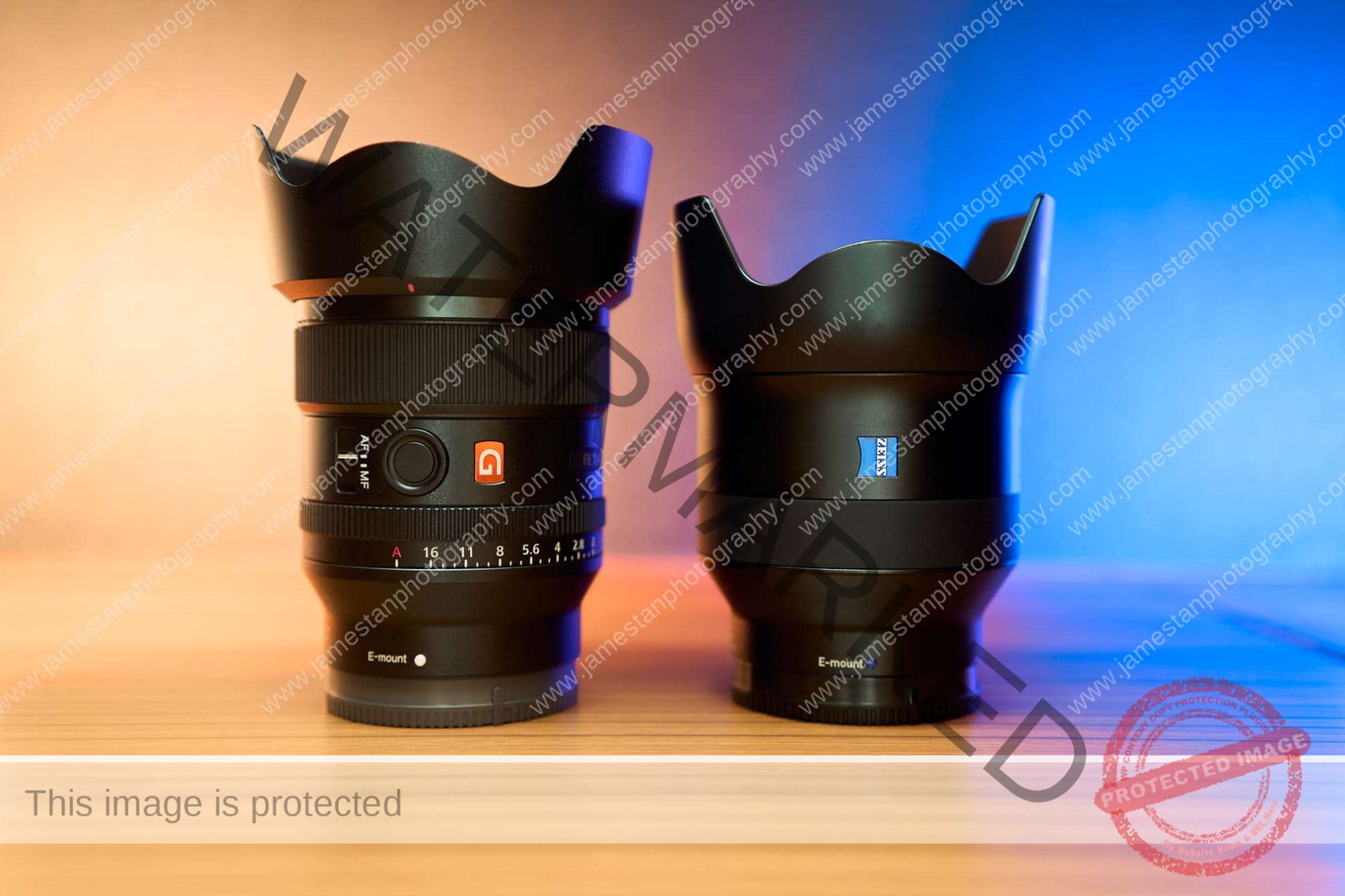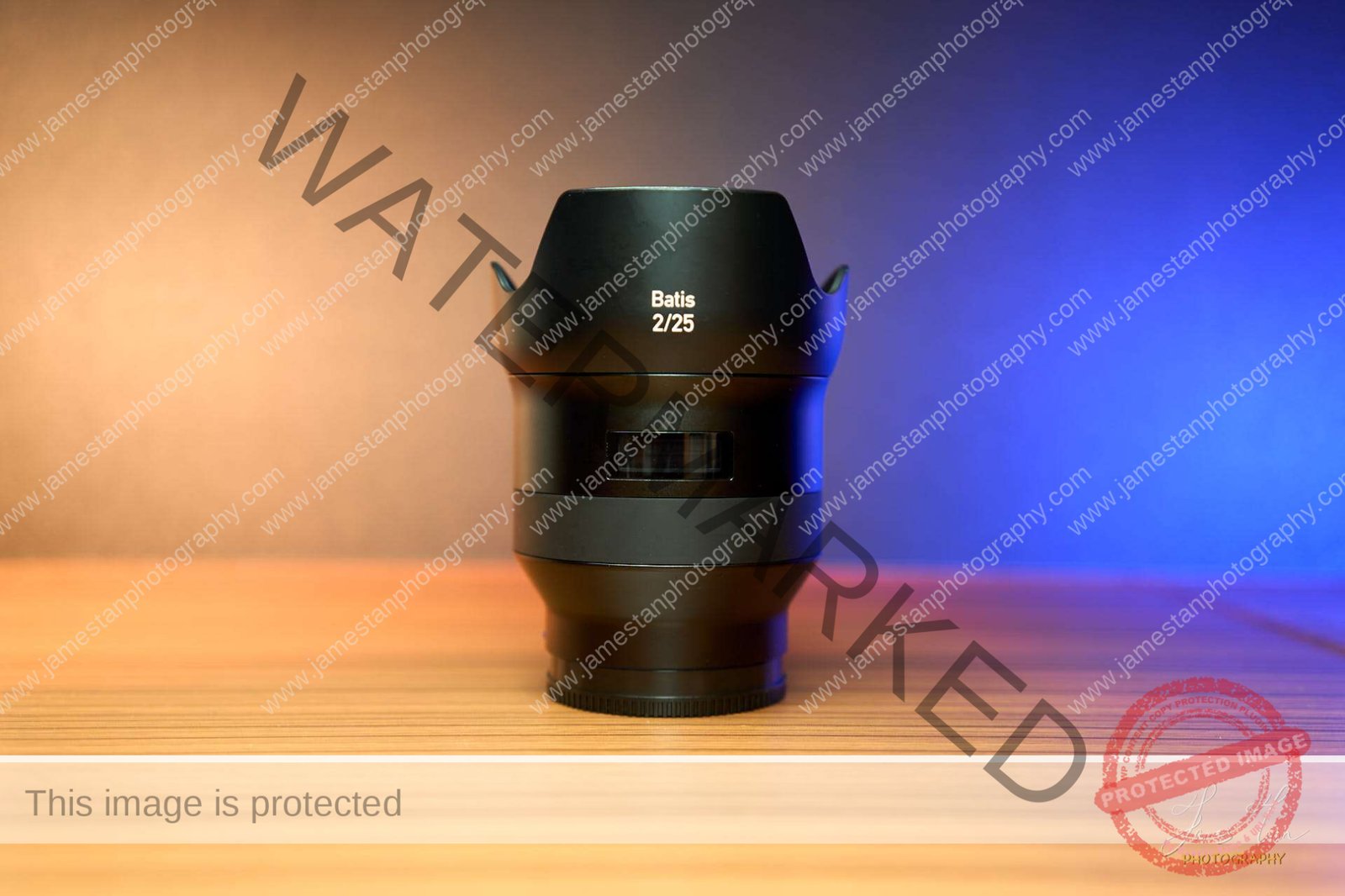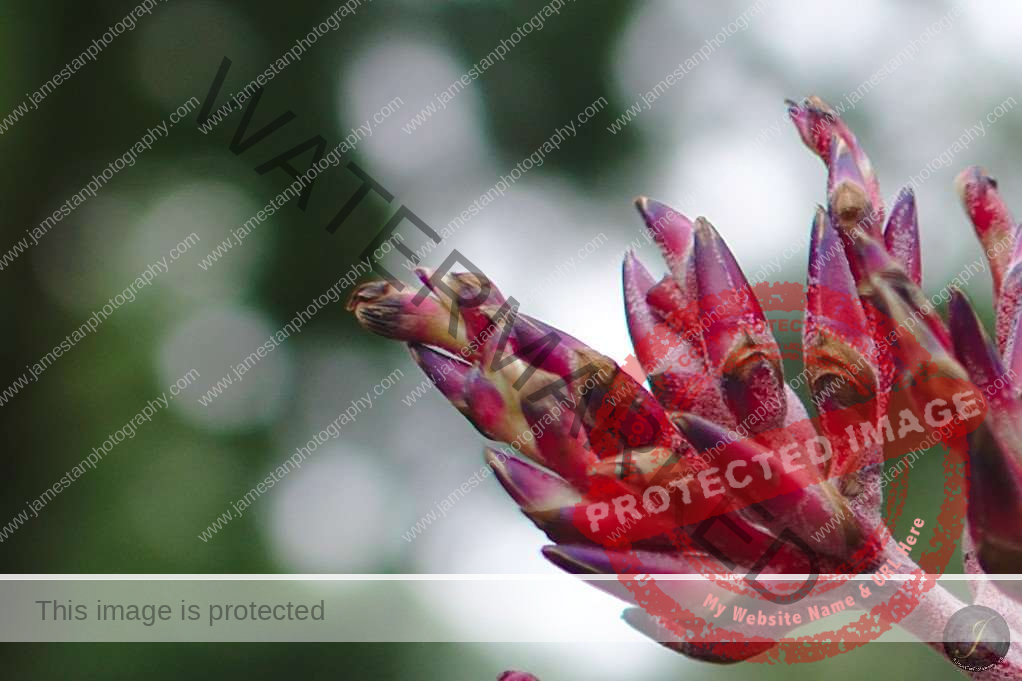prime lens

Do You Have To Upgrade Your Zeiss Batis 25mm F2?
Last Updated On
Is there any benefit to upgrading your current Zeiss Batis 25mm F2 to Sony 24mm GM F1.4? Or should you spend $200 more on the GM for your only 24mm fast prime? Let’s check it out!

Is Zeiss Batis 25mm F2 Still Worth The Premium in 2022?
Last Updated On
Would the Zeiss Batis 25mm F2 be outdated when paired with the latest entry-level full frame camera in 2022? Does it still worth the USD 1,200 premium?

Samyang 24 mm F2.8 FE
Last Updated On
The first pancake 24 mm Sony FE lens from Samyang! Would it be one of your collections soon? Let’s check it out!

Sony RX1R II
Last Updated On
A palm-size compact full-frame camera with 42MP high resolution and 35mm F2 fixed prime lens! Let’s check it out now!

5 Tips to Get Bokeh
Last Updated On
Are you struggling to produce those creamy smooth Bokeh in your photos? Let’s check out some simple tips to help you in the Bokeh!

10 Consideration Before Buy a Lens
Last Updated On
You might be overwhelmed by the sea of lenses when you have just started your photography journey. Let’s check out what you should consider before you buy a lens!

Tips For Shooting in Aquarium
Last Updated On
Are you visiting an aquarium soon? Do you want to take back some fantastic photos and show them off to your family and friends? Let’s check out some tips here!

Sony Zeiss SEL24F18Z
Last Updated On
Sony SEL24F18Z is an APS-C E-mount lens with a little Zeiss badge. It also comes with a whopping price tag that might scare many people off. Does it worth getting this premium lens? Let’s check out the review now!








